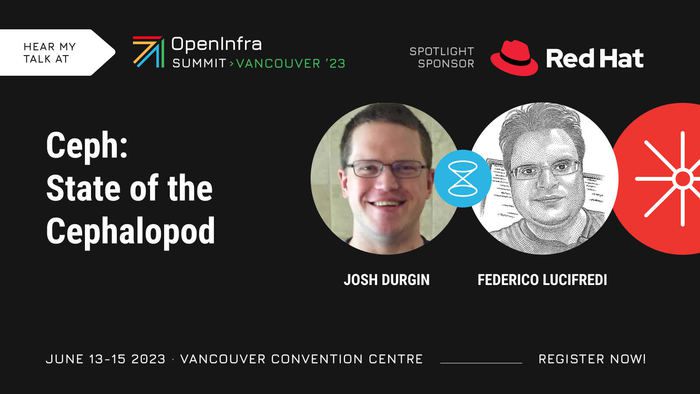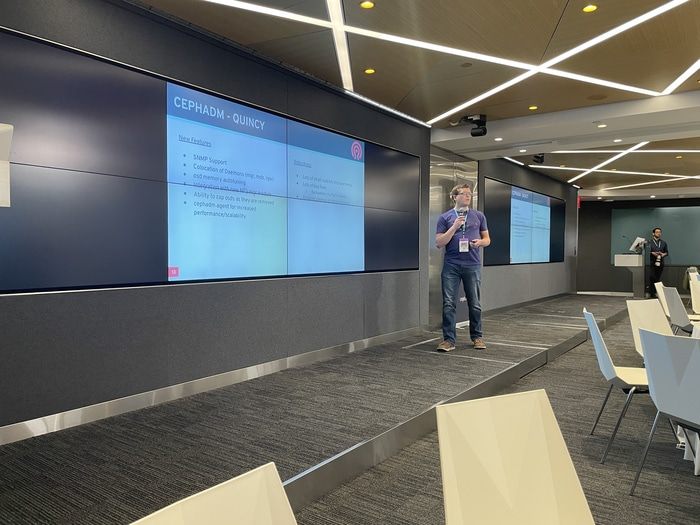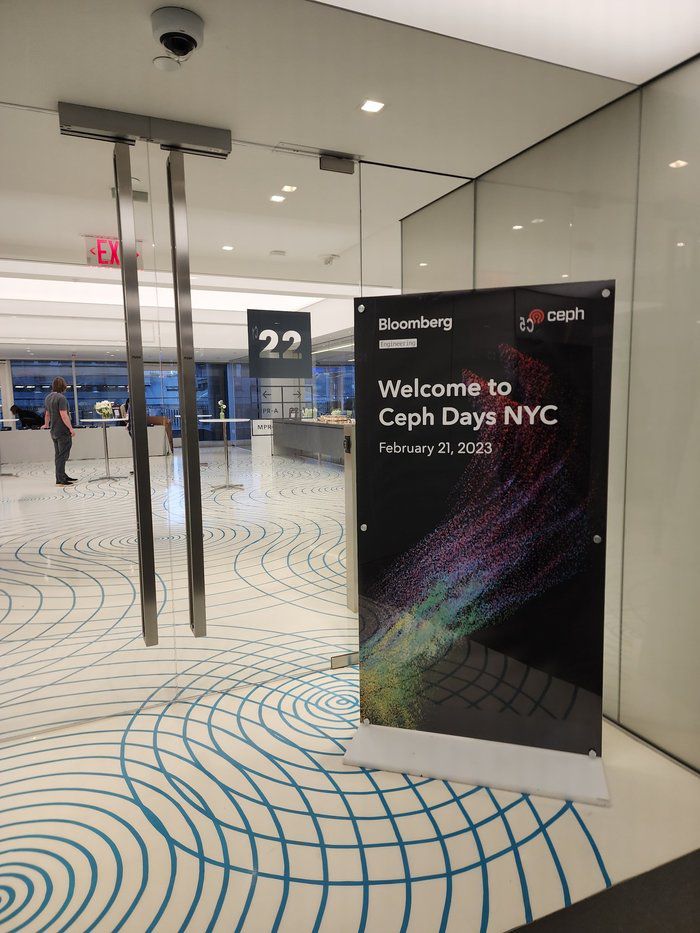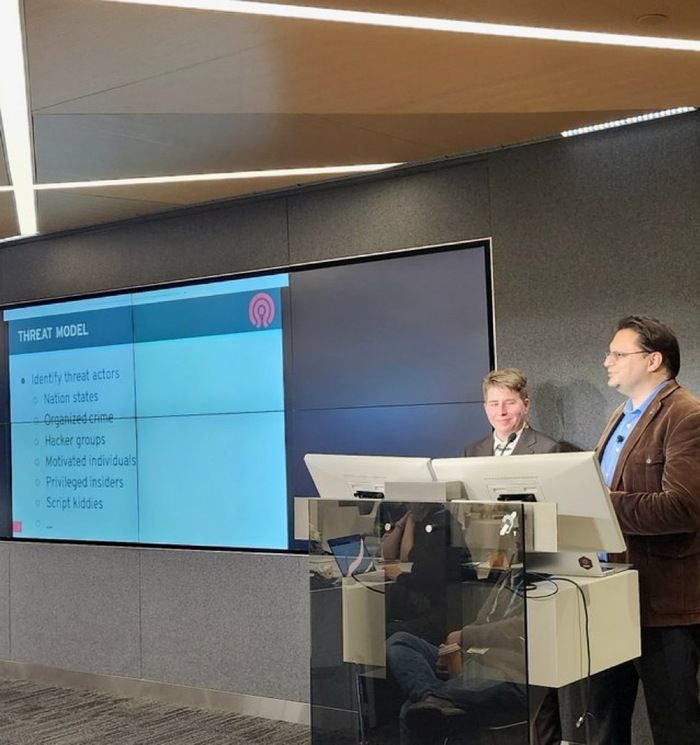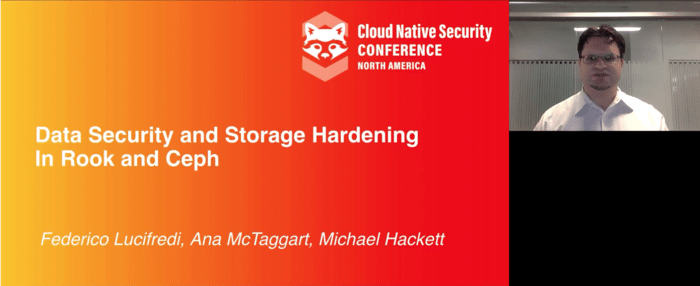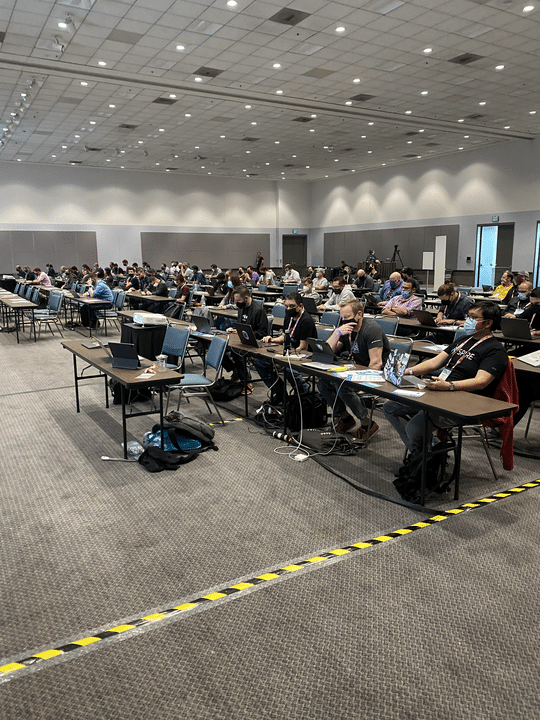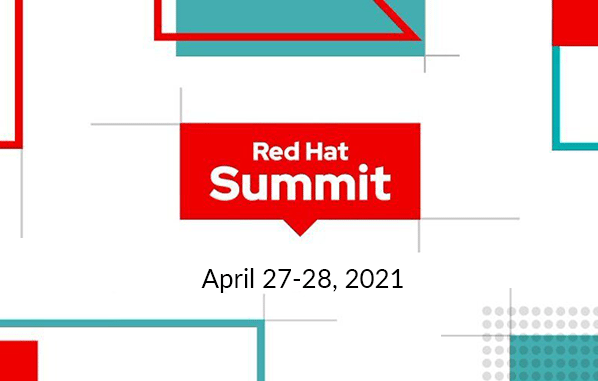Ship it!
My 44th release of Ceph since we started enterprise-class product releases is now on the wire, and a little celebration is in order.

This June, we have a special release of Ceph. As Josh and I first announced a year ago at the OpenInfra Summit’s State of the Cephalopod, and was then introduced in Tech Preview with 7.0 in December, we have a major addition to the Ceph family of protocols with the arrival of the newfangled NVMEoF Gateway.
Building Blocks
Adding NVME over TCP to our supported protocols suite gives us a way to provision our Ceph block storage where LibRBD and kRBD (or NBD) native drivers do not reach yet — notably, VMware. With the addition of a vSphere plugin we borrowed from the IBM FlashSystem team, NVMEoF is well-integrated with the world’s favorite virtualization platform, and aims to be the rising challenger in the arena of Software-Defined storage solutions for...
